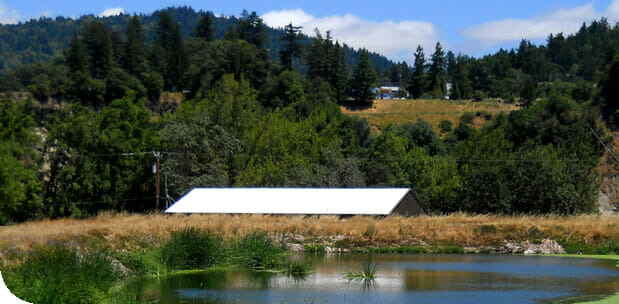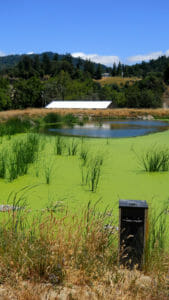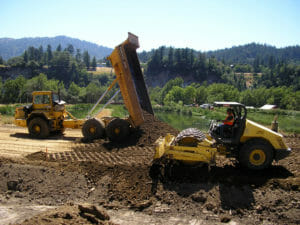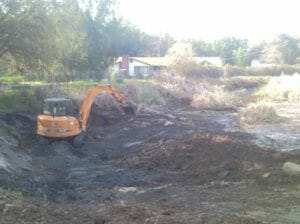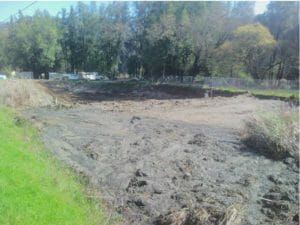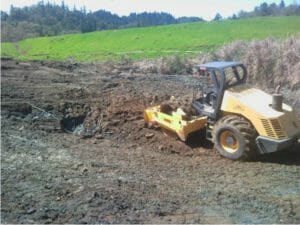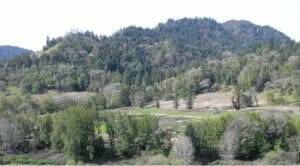Garberville Sanitary District (GSD) retained LACO to design a multi-phased sanitary sewer system upgradein Garberville, Humboldt County, CA. During the project’s first phase, we completed a $1.6 million project removing environmental risk associated with aged suspended aerial spans over environmentally sensitive areas, reducing risk to public health by providing hook-ups to failed septic systems, and by providing capacity for growth 20 years into the future.
The project included the following elements:
- Preparation of NEPA and CEQA-PLUS documents
- Management of sub-consultants for Section 7 of the Endangered Species Act (ESA) and Section 106 of the National Historic Preservation Act (NHPA)
- Design and construction management
- Improved system transmission facilities including:
- Zero energy gravity dosing siphon
- Low head pumping station, inverted siphon
- Headworks station
- Multiple freeway crossings
- Longitudinal freeway encroachment and bridge installations for sewer mains
The second phase includes improvements to the existing treatment system designed to improve effluent quality while maintaining a “green,” Low Impact Development approach using appropriate technology consistent with community goals. The resulting project significantly improved effluent quality through construction of a new primary facultative pond, with conversion of the existing ponds to constructed wetlands. The project also included:
- New plant by-pass plumbing
- New chlorine contact facilities
- A SCADA system
- A new maintenance building with storage, shop, and office
LACO obtained Proposition 50 funding for the project at 90% grant and 10% loan. Due to the State economic situation, funding was pulled from the project in 2008. To achieve compliance with the CDO issued by the RWQCB, we worked with District staff and State funding agents and obtained ARRA Funding for the project at 100% grant.
The existing treatment system is adjacent to the Eel River, a sensitive water body used for recreation and a habitat for species of threatened fish. Our project team addressed Regional Water Quality Control Board (RWQCB) concerns regarding the fate and transport of the treatment system’s effluent. We designed and installed a monitoring well network between the existing percolation ponds and fluvial deposits which lie adjacent to and within the active river channel. Our team collected data from these wells to study pathways of effluent migration and assess potential impacts under the Cal Toxics rule. These data, along with projected effluent constituent concentrations from the new treatment processes, enabled our team to evaluate threats to surface water quality and support the likelihood of continued use of the existing percolation ponds under current waste discharge requirements as a land-based discharge.
The combination of improvements to the existing system and continued use of the percolation ponds will result in improved environmental conditions as well as substantial cost savings to both GSD and ultimately all of its customers.

